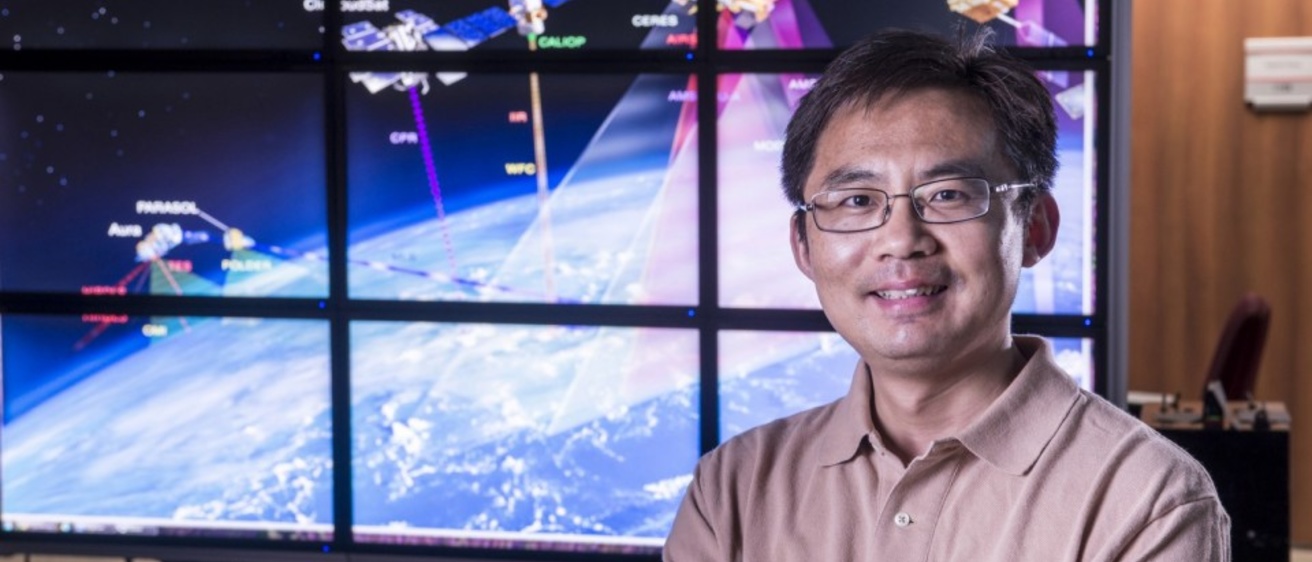One of the University of Iowa Technology Institute's most successful research labs has taken on a new name.
The Lab for Aerosol, Radiation, Remote-sensing, and Observation-based Modeling of Atmosphere — better known as the ARROMA Lab — is now called the Atmospheric and Environmental Research (AER) Lab.
"AER is broad enough for future growth, and reflects one of our mission areas as well," AER director Jun Wang, professor of chemical and biochemical engineering and assistant director of the ITI, said in explaining the change. Wang is also affiliated with the Iowa Informatics Initiative, the Center for Global and Regional Environmental Studies, and the departments of Civil and Environmental Engineering and Physics and Astronomy.
The new name reflects an expanding scope of research as well as sustained success in securing external funding. AER averages $700,000 in annual research spending.
AER supports the Aerospace Technology, Environment and Energy, and Systems and Sensors mission areas.
Wang created the ARROMA Lab when he joined the University of Iowa in 2016 after nine years at the University of Nebraska-Lincoln.
Wang's research focuses on the integration of satellite remote sensing and chemistry transport model to study air quality, wildfires, aerosol-cloud interaction, and land-air interaction. Having worked as a visiting scientist at NASA's Goddard Space Flight Center, among other appointments, Wang has been a model of interdisciplinary research. He has worked in areas related to public health, agriculture, climate change, renewable (solar and wind) energy, supercomputing, visualization, data mining, and education in Earth science. He has been a science team member on several NASA satellite missions, and his projects have been funded by NASA, National Oceanic and Atmospheric Administration, the Department of Defense, United States Department of Agriculture, National Science Foundation, state agencies, and private industries.
